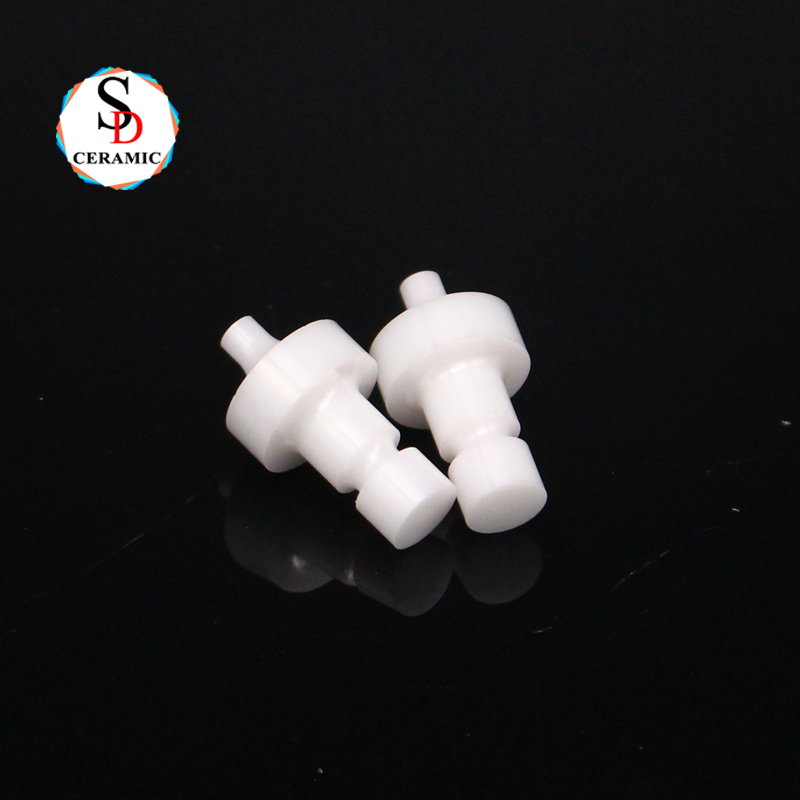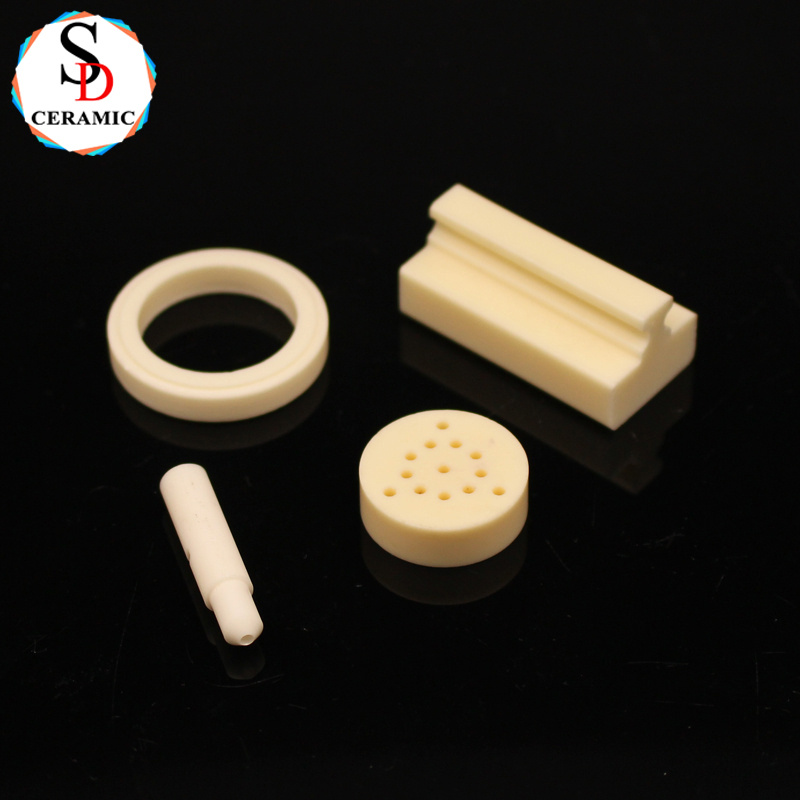In the industrial world, ceramic components are widely used for their excellent properties such as high-temperature resistance, wear resistance, and insulation. However, when you need to purchase them, you will find a huge price difference per unit between "small-batch customization" and "mass production". The core secret behind this lies in their distinctly different cost structures.
1. Mass Production: The Scale Game of Amortizing Fixed Costs
The cost advantage of mass production stems from the "scale effect". Its cost structure resembles a pyramid: variable costs (such as raw materials and energy consumption per component) form the base, but what truly determines the unit price is the amortized fixed costs.
Mold and R&D Costs: Developing a set of precise, durable steel molds may cost tens of thousands to hundreds of thousands of yuan. But when this cost is spread across millions of components, the share borne by each component becomes negligible.
Production Lines and Automation: Mass production adopts dedicated automated production lines. Although the equipment investment is huge, the lines can operate at extremely high speed and stability, achieving remarkable output per unit time. This greatly reduces the equipment and labor costs allocated to each component.
Process Stability: Once the process parameters are determined, the production line operates in a "low-intervention" and highly efficient state. The yield rate is extremely high, and the cost of defective products is controlled at a very low level.
Summary: The logic of mass production is "high initial investment, low subsequent marginal cost". The core of its cost lies in efficiency and amortization, pursuing the ultimate low cost per component.
2. Small-Batch Customization: Targeted Services Amid High Fixed Costs
The cost structure of small-batch customization is completely the opposite. It is more like a "start-up package", where fixed costs account for the majority of the total cost and are difficult to amortize effectively.
Mold and Prototyping Costs: Even for small batches, separate design and manufacturing of molds (possibly simplified molds with shorter service life and lower cost) are required. This cost, ranging from several thousand to tens of thousands of yuan, may only be shared by dozens or hundreds of components, leading to a sharp increase in unit cost.
Process Debugging and Labor: Production lines cannot be specially configured for small orders. Each production run requires engineers and skilled workers to perform tedious equipment debugging, parameter exploration, and frequent line changeovers. The working hours of these highly skilled personnel are entirely borne by the small batch of components.
Low Efficiency and High Defect Rate: The production process requires continuous monitoring and adjustment, resulting in overall low efficiency. Defective products are prone to occur during the initial debugging phase, and these losses are fully included in the final cost.
Summary: The logic of small-batch customization is "paying for flexibility and uniqueness". The core of its cost lies in exclusive start-up resources and highly skilled labor. What you pay for is not only the cost of materials, but also the "start-up fee" and "knowledge service fee" of the entire production system.
Conclusion
In short, the cost difference between the two is essentially a game of fixed cost allocation in economics. Mass production succeeds through "small profits but quick turnover", while small-batch customization embodies the concept of "focus on specialization, refinement, uniqueness, and innovation". Understanding this helps explain why the price of a customized ceramic component can be dozens or even hundreds of times higher than that of a mass-produced counterpart. When making a choice, you need to weigh your requirements for cost against your pursuit of design flexibility and uniqueness.
 |  |
If you have any questions or need help, feel free to contact with our team.
Phone
+86 15335210683
Location
Qianluo Village, Dingshu Town, Yixing City, Jiangsu Province, China
Welcome to subscribe to our email message!


Copyright © Yixing Shengda Refractory Ceramic Co., Ltd. All Rights Reserved | Sitemap | Powered By 